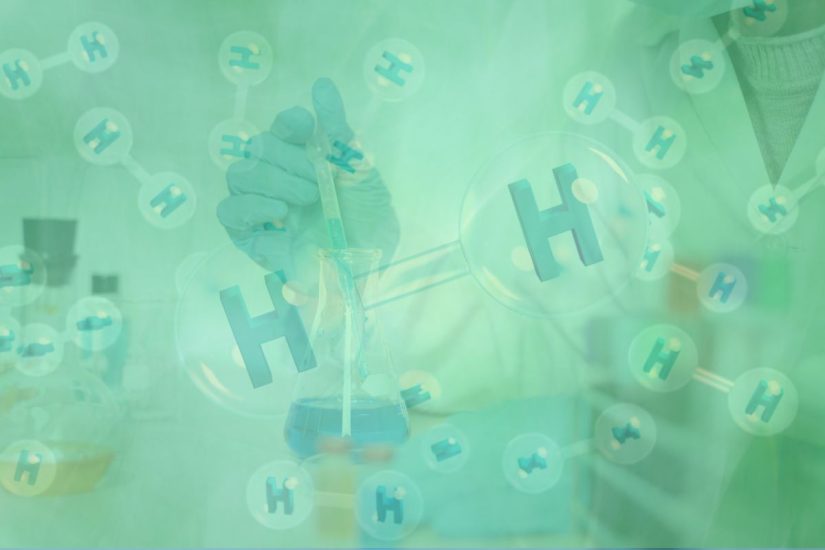
Innovative research uses sound waves to significantly enhance green hydrogen production
December 22, 2022The discovery was made by RMIT University researchers.
Engineers at the RMIT University in Australia have worked out a ground-breaking and promising method for increasing green hydrogen production by 14 times using sound waves via electrolysis to split water.
Sound waves make extracting hydrogen form water easier.
In addition to sound waves making it easier to extract H2 from water, according to the RMIT University researchers, what they have invented could also considerably lower the cost of green hydrogen production. The simple reason is that their sound wave production method does not require the use of costly electrode materials like platinum or iridium. RMIT associate professor Amgad Rezk explained that since the water is not a corrosive electrolyte, cheaper electrodes can be used like silver.

High-frequency vibrations were used by the engineers in their research to “divide and conquer” individual water molecules during the electrolysis process.
“The electrical output of the electrolysis with sound waves was about 14 times greater than electrolysis without them, for a given input voltage,” said Yemima Ehrnst, Ph.D. researcher at RMIT’s School of Engineering and first study author. “This was equivalent to the amount of hydrogen produced.”
The sound wave green hydrogen production method also suppresses bubble build up.
The sound waves method was also beneficial for preventing hydrogen and oxygen bubbles from building up on the electrodes, which Ehrnst says is a problem from which electrode materials used in electrolysis typically suffer. By preventing the bubble build-up, this dramatically improved conductivity and stability performance.
One of the lead senior researchers in the study, Professor Leslie Yeo from RMIT’s School of Engineering, added that the sound waves green hydrogen production breakthrough was a massive step toward using the “new acoustic platform” for additional applications.
“Our ability to suppress bubble build-up on the electrodes and rapidly remove them through high-frequency vibrations represents a major advance for electrode conductivity and stability,” Yeo said. “With our method, we can potentially improve the conversion efficiency leading to a net-positive energy saving of 27 percent.”
To protect the new technology, an Australian provisional patent application has been filed. However, though this study was a major breakthrough for green hydrogen production, integrating the innovative sound wave method with present electrolyzers to scale up the work remains a challenge. This will be the next hurdle the research team will attempt to overcome.
The research has been published in the scientific journal Advanced Energy Material.
HYDROGEN POLL: Cost and infrastructure aside, are you ready to use hydrogen as a source of fuel for home heating?[forminator_poll id=”56493″]



 With over 15 years of reporting hydrogen news, we are your premier source for the latest updates and insights in hydrogen and renewable energy.
With over 15 years of reporting hydrogen news, we are your premier source for the latest updates and insights in hydrogen and renewable energy.
this is not original research. john worrel keely in pennsylvania did this in the 1890s. the sound based dissassociation of water molecules
Correct
Hydrogen is the fuel of the future, and the future is now. I read so many articles that battery tech is cheaper and better, no where do they talk about finding, mining, processing, building and finally recycling batteries into the equation.
But they want to talk about making, transportation and storage as one of the major problems and expenses. Let’s face it. You can make hydrogen anywhere the sun shines or the wind blows. . Once setup you’ve got a business. I can hardly wait to put hydrogen on my sailboat.get rid of this Stinky diesel motor.